 W
WHenry Adams (1813–1877) was an English naturalist and conchologist.
 W
WThomas Wright Blakiston was an English explorer and naturalist. Born in Lymington, Hampshire, Blakiston was the son of Major John Blakiston, second son of Sir Matthew Blakiston, 2nd Baronet. His mother was Jane, daughter of Reverend Thomas Wright, Rector of Market Bosworth, Leicestershire. Blakiston explored western Canada with the Palliser Expedition between 1857 and 1859. Mount Blakiston, the highest point in Waterton Lakes National Park was named for him in 1858. In 1861 he traveled up the Yangtze River in China, going further than any Westerner before him. He spent the next part of his life in Japan and became one of the major naturalists in that country. He moved to the United States in 1885. Blakiston died aged 58 of pneumonia in October 1891 while in San Diego, California and is buried in Greenlawn Cemetery, Columbus, Ohio.
 W
WGeorge Stewardson Brady was a professor of natural history at the Hancock Museum in Newcastle-upon-Tyne who did important volumes on Copepoda and Ostracoda, including those from the Challenger expedition.
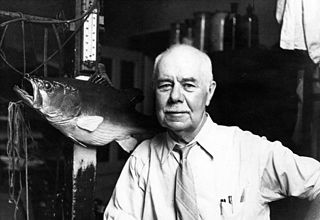 W
WHerbert Hutchinson Brimley was a self-trained zoologist and long-time director of the North Carolina Museum of Natural Sciences. His brother, C.S. Brimley, was also a zoologist who worked at the same museum. Both Brimley brothers are buried at Historic Oakwood Cemetery in Raleigh.
 W
WJoshua Brookes was a British anatomist and naturalist.
 W
WWilliam Pennington Cocks (1791-1878) was an English surgeon naturalist principally interested in marine fauna. He was born in Devon. Owing to ill-health, when he was still only 51, he retired to Falmouth in Cornwall. He described the nudibranch Aeolidiella alderi.
 W
WSir Michael Dixon is the former director of the Natural History Museum, and current Principal of Green Templeton College at the University of Oxford.
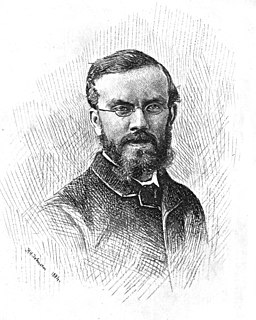 W
WWilliam Alexander Forbes was an English zoologist. He was the son of James Staats Forbes.
 W
WPeter Humphry Greenwood FRS FIBiol was an English ichthyologist. Humphry married fellow student Marjorie George in 1950. He was elected a Fellow of the Royal Society in 1985. He was known for his work on the species flocks of cichlids in the African Great Lakes, and for studies of the phylogeny and systematics of teleosts.
 W
WEdward Griffith (1790–1858) was a British naturalist and solicitor. He wrote General and Particular Descriptions of the Vertebrated Animals (1821) and translated Georges Cuvier's Règne animal, making considerable additions (1827–35).
 W
WGerard Pierre Laurent Kalshoven Gude was a malacologist from the United Kingdom.
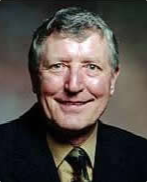 W
WDavid Robert Jones, was a British born zoologist and biologist.
 W
WCharles Tate Regan FRS was a British ichthyologist, working mainly around the beginning of the 20th century. He did extensive work on fish classification schemes.
 W
WAdam Sedgwick FRS was a British zoologist and Professor of Zoology and Comparative Anatomy, Imperial College, London, and a great nephew of the renowned geologist Adam Sedgwick.
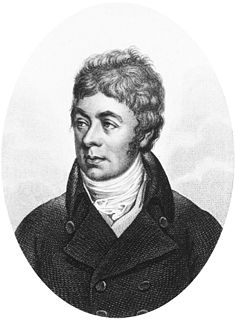 W
WGeorge Kearsley Shaw was an English botanist and zoologist.
 W
WCresswell Shearer, FRS, was a British zoologist and Cambridge lecturer in Experimental Embryology, where he motivated his students to develop a keen interest in hands-on research, inviting them to practical marine research experience at Plymouth Laboratory of the Marine Biological Association of the United Kingdom during the summer months. It is also where he and Dorothy J Lloyd worked as early pioneers on how to rear parthenogenetic sea-urchin larvae through metamorphosis. He also conducted research there with Harold Munro Fox and Walter de Morgan on the genetics of sea urchin hybrids.
 W
WAnna Constantia Thynne, Lady John Thynne was a British marine zoologist. In 1846, she built the first stable and sustained marine aquarium and maintained corals and sponges in it for over three years.
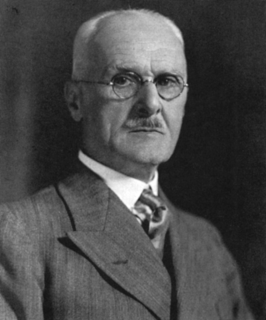 W
WColonel Frank Wall was a physician and herpetologist who lived in Sri Lanka and India.
 W
WRobert Ramsay Wright was a Scottish zoologist and academic whose professional career was spent in Canada.